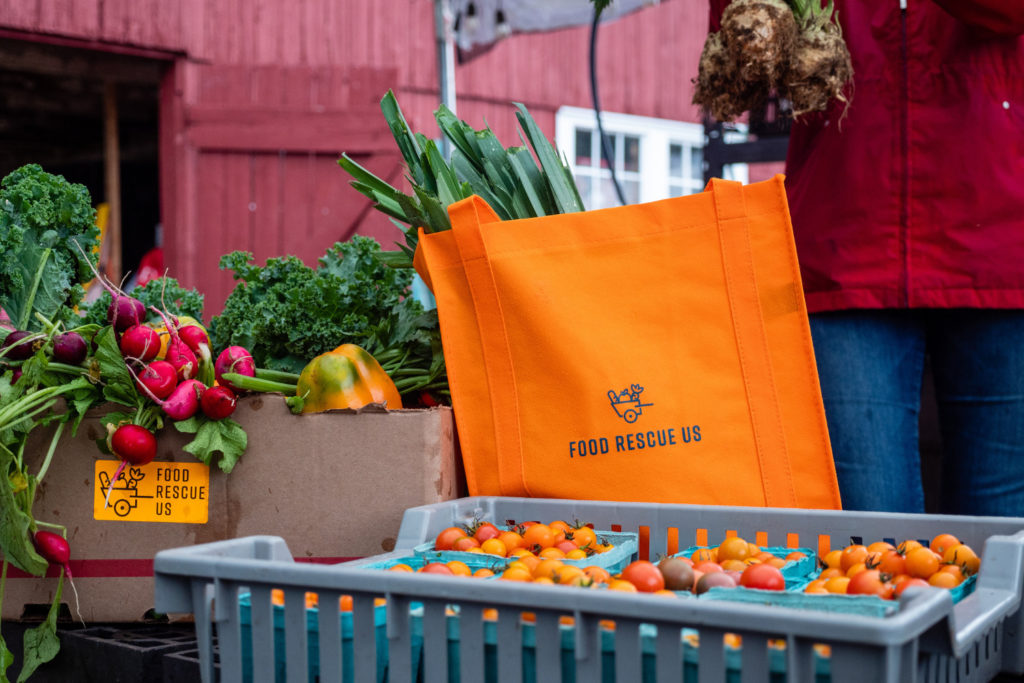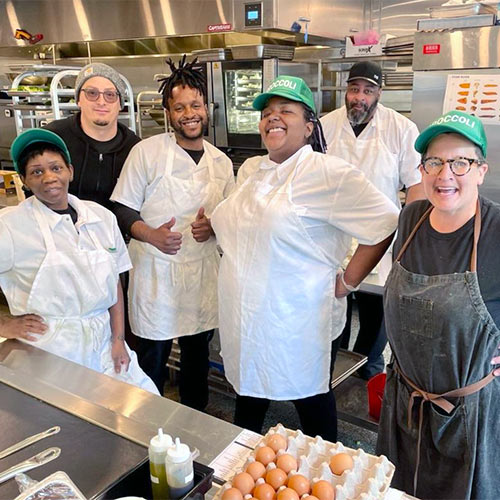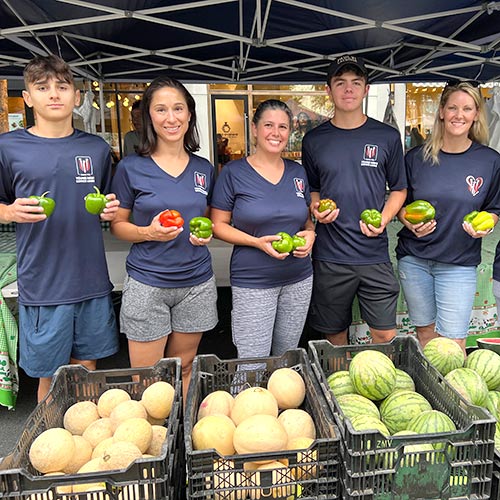Food as Medicine: 2,400 Years in the Making
The ancient Greek physician Hippocrates, aka the father of medicine, said over 2,400 years ago: “let food be thy medicine.” Many millennia later, it seems we are just getting the message.
After horrifying rates of nutritional insecurity increased during COVID, the need to provide nutritionally dense and affordable food as medicine became glaringly obvious.
In September, the White House hosted the second Conference on Hunger, Nutrition, and Health (50 years after the first conference). In October, the Connecticut Food as Medicine Workgroup held its second meeting to discuss how to harness the momentum from the conference and implement helpful bills in our state.
The food as medicine momentum is finally evolving into actionable responses.
Two things every research report on “food as medicine” agree on is that whole (unprocessed) foods heal and fortify our bodies in numerous ways and our bodies are always trying to repair themselves. The wonderful overall message is: it is never too late to get stronger and healthier.
So, each month, we are going to highlight and summarize some of the most exciting articles and research reported on food as medicine in the hope that we can all become stronger and healthier in our fight to end hunger.
Article to note this month:
“Food Trends That Are About To Take Over 2023” (Mashed, November 10, 2022)
Beyond the thrilling trend that the three pillars of sustainability – environmental, social, and economic issues – are on the rise, this Mashed report shares some other cool tidbits of knowledge with us:
- Beyond describing chickpeas as a nutritional “powerhouse,” it turns out that these “unassuming legumes” are a crop that nourishes the soil as they grow. Chickpeas give back in so many ways.
- Potato milk is on the rise (not yet in the US) because they grow almost anywhere, they are considered a “space smart” crop (when compared to other crops like oats or rice), and it only takes 34 gallons of water to produce a pound of potatoes versus 451 gallons to produce one pound of soy milk or 1,929 gallons of water or one pound of shelled almonds.
- Mushrooms have almost no carbon footprint and are being used in everything from textiles to food to packaging and even water capturing.
Thanks,
Food Rescue US – Fairfield County Food as Medicine Liaison




